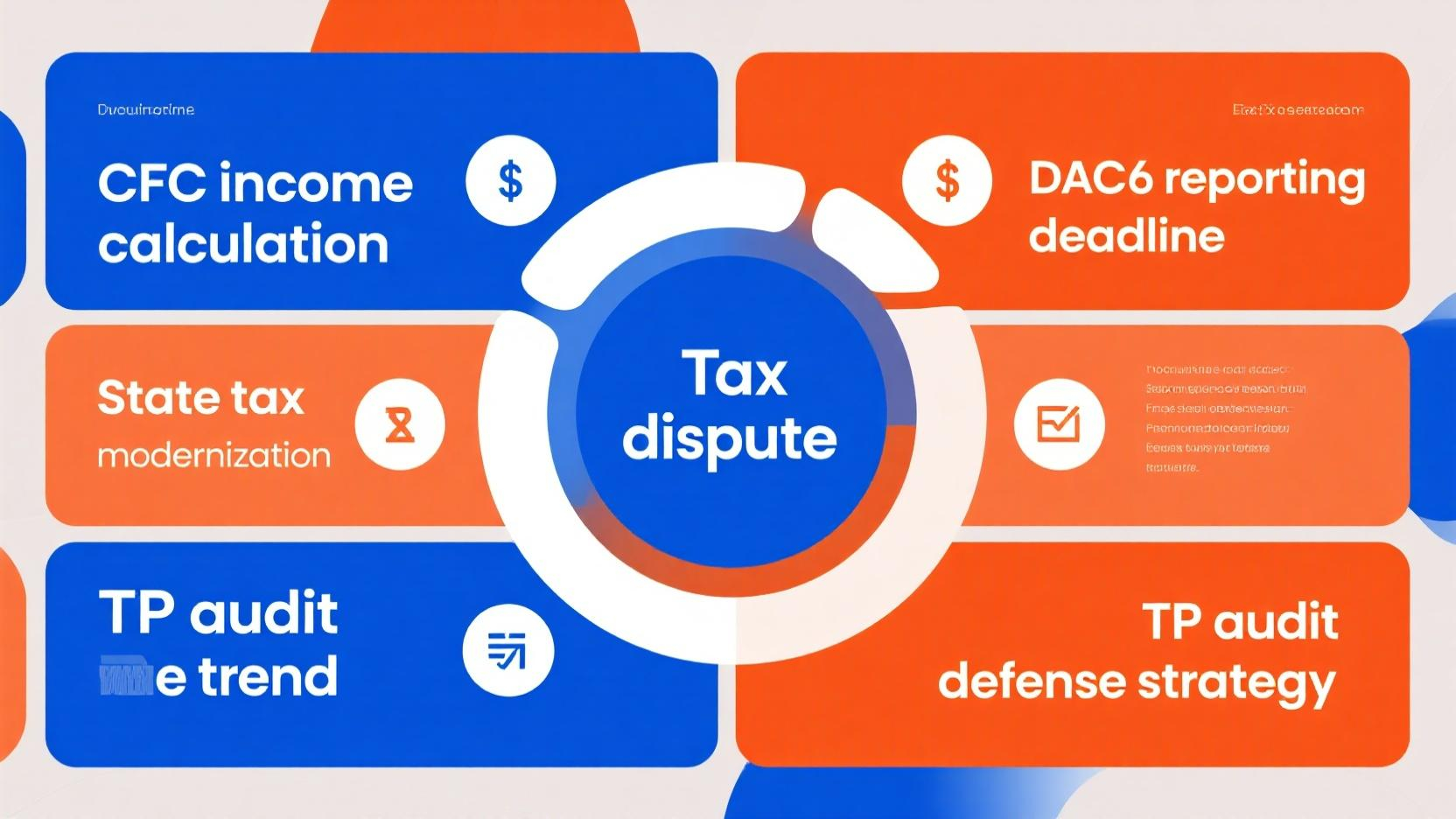Image Source: pexels
Analyzing risk allocation clauses in corporate partnership agreements plays a pivotal role in ensuring clarity by outlining obligations, defining liability, and establishing dispute resolution mechanisms. By minimizing ambiguity, these clauses prevent conflicts and foster accountability. Incorporating indemnity provisions and conducting regular legal reviews further enhance their effectiveness in managing unforeseen risks and maintaining compliance.
Key Takeaways
- Clear rules in risk-sharing clauses prevent confusion and improve trust.
- Using exact words and ways to solve problems makes these clauses stronger.
- Checking and updating clauses often keeps them legal and fits new business needs.
Overview of Risk Allocation Clauses
Definition and Purpose
Risk allocation clauses serve as a cornerstone in corporate partnership agreements. These provisions delineate the responsibilities and liabilities of each party, ensuring clarity and reducing the likelihood of disputes. They also identify potential risk factors that could impact the execution of the contract. By incorporating mechanisms for dispute resolution, these clauses foster accountability and minimize litigation.
-
Key purposes of risk allocation clauses include:
- Defining roles and liabilities of all parties involved.
- Establishing a framework for managing risks effectively.
- Encouraging negotiation to balance risks and rewards.
Careful drafting of these clauses ensures that risks are managed efficiently, safeguarding the interests of all stakeholders.
Common Types of Risk Allocation Clauses
Corporate partnership agreements often include various types of risk allocation clauses tailored to specific needs. These may address liability limitations, indemnity provisions, or force majeure events.
One common pitfall is the failure to clearly define contractual obligations. Ambiguities in language can lead to disputes over responsibilities, undermining the intended risk management strategies.
Another frequent issue involves inadequate liability limitations. Sweeping exclusions of liability, if unreasonable, may render the clause unenforceable.
Comprehensive risk assessment is essential. Without it, potential liabilities may remain unaddressed, exposing parties to unforeseen risks.
By addressing these challenges, well-drafted clauses provide a robust framework for managing risks.
Examples of Risks Addressed in Corporate Partnerships
Corporate partnerships face a variety of risks that must be addressed through effective clauses. These include:
- Financial obligations and income distribution.
- Division of work and responsibilities.
- Handling the death or incapacitation of a partner.
- Options for exiting the partnership.
Addressing these risks ensures that partnerships remain resilient in the face of challenges, fostering long-term success.
Legal Considerations for Risk Allocation Clauses
Enforceability of Risk Allocation Clauses
The enforceability of risk allocation clauses depends on several legal factors. Courts often scrutinize these clauses to ensure they align with public policy and contractual fairness. Ambiguities in defining obligations can lead to disputes, undermining the clause’s effectiveness. Liability limitations must remain reasonable and proportional to the risks involved. Excessive exclusions of liability may render the clause unenforceable.
A comprehensive risk assessment plays a critical role in ensuring enforceability. This process identifies potential liabilities and aligns the allocation of risks with actual exposure. Incorporating contingency measures, such as provisions for unforeseen events, further strengthens the clause. A thorough legal review ensures that the language reflects the parties’ intentions and mitigates potential disputes.
Tip: Clear and precise drafting is essential to avoid misinterpretation and ensure enforceability.
Jurisdictional Variations and Their Impact
Jurisdictional differences significantly influence the interpretation and enforceability of risk allocation clauses. Legal systems vary in their approach to liability limitations and contractual obligations. For instance, some jurisdictions impose stricter requirements for clarity and fairness, while others may allow broader exclusions of liability.
International corporate partnerships face additional challenges due to conflicting laws across jurisdictions. Parties must consider the governing law clause in their agreement to determine which legal framework applies. Consulting legal experts familiar with the relevant jurisdictions can help navigate these complexities and ensure compliance.
Relevant Case Law and Precedents
Case law provides valuable insights into how courts interpret and enforce risk allocation clauses. For example, courts have invalidated clauses that were overly broad or lacked clarity. In contrast, well-drafted clauses that clearly define responsibilities and include reasonable liability limitations have withstood legal scrutiny.
Studying precedents helps parties understand the potential outcomes of disputes involving risk allocation clauses. It also highlights the importance of tailoring clauses to specific risks and ensuring they comply with applicable laws. By learning from past cases, businesses can draft more effective agreements that minimize legal risks.
Practical Implications of Risk Allocation Clauses
Real-World Examples of Disputes
Disputes often arise when risk allocation clauses lack clarity or fail to address specific scenarios. Common examples include:
- Differing Site Conditions: Contractors may incur unexpected costs when actual site conditions differ from those outlined in the agreement. This often occurs when contracts require contractors to assume all risks.
- Force Majeure: Poorly defined clauses can lead to disagreements, especially when catastrophic events like Hurricane Katrina occur, and insurance coverage is insufficient.
- No Damages for Delay: Clauses that exclude recovery for delays caused by owners can financially strain contractors, forcing them to transfer risks to subcontractors.
These disputes highlight the importance of precise and comprehensive drafting to avoid costly legal battles.
Lessons Learned from Poorly Drafted Clauses
Poorly drafted clauses provide valuable lessons for businesses. Key takeaways include:
- Clearly define contractual obligations to prevent misunderstandings.
- Ensure liability limitations are reasonable and proportional to the risks.
- Conduct thorough risk assessments to identify potential liabilities.
- Include contingency measures to address unforeseen events effectively.
- Perform detailed legal reviews to enhance enforceability and clarity.
Imposing overly burdensome conditions can reduce contractor competition, increase bid prices, and foster adversarial relationships. These outcomes emphasize the need for balanced and fair clauses.
Benefits of Well-Drafted Clauses in Risk Mitigation
Well-drafted risk allocation clauses offer numerous benefits:
- Clearly defined responsibilities enable proactive risk management.
- Reduced ambiguity minimizes the likelihood of disputes.
- Enhanced clarity fosters accountability among all parties.
- Inclusion of dispute resolution mechanisms ensures effective risk mitigation.
By addressing potential risks comprehensively, these clauses contribute to smoother partnerships and improved project outcomes.
Best Practices for Drafting Risk Allocation Clauses

Image Source: pexels
Clear and Precise Language
Effective risk allocation clauses rely on clear and precise language to minimize disputes and ensure enforceability. Ambiguities in defining obligations often lead to disagreements over responsibilities. To avoid this, clauses should include well-defined terms and explicit conditions that specify the types of risks covered and the mechanisms for addressing breaches. For example, incorporating provisions for dispute resolution can preempt potential conflicts and strengthen the overall risk management strategy.
-
Best practices for drafting clear clauses include:
- Clearly defining obligations and liabilities for all parties.
- Using straightforward language to avoid misinterpretation.
- Including detailed terms to address specific risks.
By prioritizing clarity, businesses can create agreements that foster accountability and reduce the likelihood of legal challenges.
Tailoring Clauses to Specific Risks
Generic clauses often fail to address the unique risks of specific industries. Tailoring risk allocation clauses ensures they align with the operational realities of the partnership. For instance, a telecommunications company included a clause requiring regular updates to address cybersecurity threats, a significant risk in its industry. Similarly, applying SMART criteria (Specific, Measurable, Achievable, Relevant, Time-bound) to clauses enhances their effectiveness and operational feasibility. Studies show that companies customizing their clauses are 30% more likely to avoid litigation compared to those using generic terms.
Tailored clauses not only mitigate industry-specific risks but also enhance the overall resilience of corporate partnerships.
Collaboration with Legal and Business Experts
Legal and business experts play a critical role in drafting effective risk allocation clauses. Their expertise ensures clarity and enforceability while identifying potential risks. They articulate obligations in precise terms and incorporate best practices in legal review and drafting. This approach mitigates disputes by clearly defining responsibilities and liabilities.
Failing to involve professionals can lead to ambiguities, unenforceable liability limitations, and insufficient coverage of potential risks. Collaboration with experts helps businesses navigate these challenges and create robust agreements.
Regular Review and Updates to Clauses
Risk allocation clauses must evolve with the changing business landscape and regulatory requirements. Regular reviews ensure agreements remain compliant and relevant. This practice enhances clarity and minimizes disputes by addressing emerging risks and adapting to new circumstances. For example, changes in laws or unforeseen events like natural disasters may necessitate updates to existing clauses.
By maintaining up-to-date agreements, businesses can safeguard their interests and ensure the continued effectiveness of their risk management strategies.
Risk allocation clauses play a vital role in corporate partnerships by defining responsibilities and liabilities, minimizing disputes, and fostering proactive risk management. Their importance lies in their ability to safeguard interests and maintain operational stability. Key takeaways include:
- Clearly outlined obligations reduce ambiguity and enhance accountability.
- Effective clauses incorporate precise language, liability scope, and dispute resolution mechanisms.
- Regular legal reviews ensure compliance and alignment with industry standards.
Neglecting regular reviews can lead to disputes, unenforceable clauses, and exposure to unforeseen risks. To mitigate these issues, businesses should:
- Define obligations clearly to avoid ambiguities.
- Conduct comprehensive risk assessments to align clauses with actual exposure.
- Incorporate contingency measures for unexpected events.
A thorough legal review ensures enforceability and reflects the parties’ intentions. Collaborating with legal professionals enhances clarity, compliance, and trust, creating robust agreements that withstand scrutiny.
By prioritizing these strategies, businesses can strengthen partnerships and achieve long-term success.
FAQ
What are the key elements of a risk allocation clause?
A risk allocation clause should include clearly defined responsibilities, liability limitations, and mechanisms for dispute resolution. These elements ensure clarity and minimize potential conflicts.
How often should risk allocation clauses be reviewed?
Businesses should review these clauses annually or after significant changes in laws, regulations, or operational circumstances. Regular updates maintain relevance and compliance.
Can risk allocation clauses be customized for specific industries?
Yes, tailoring clauses to address industry-specific risks enhances their effectiveness. For example, cybersecurity provisions are crucial for technology partnerships.












